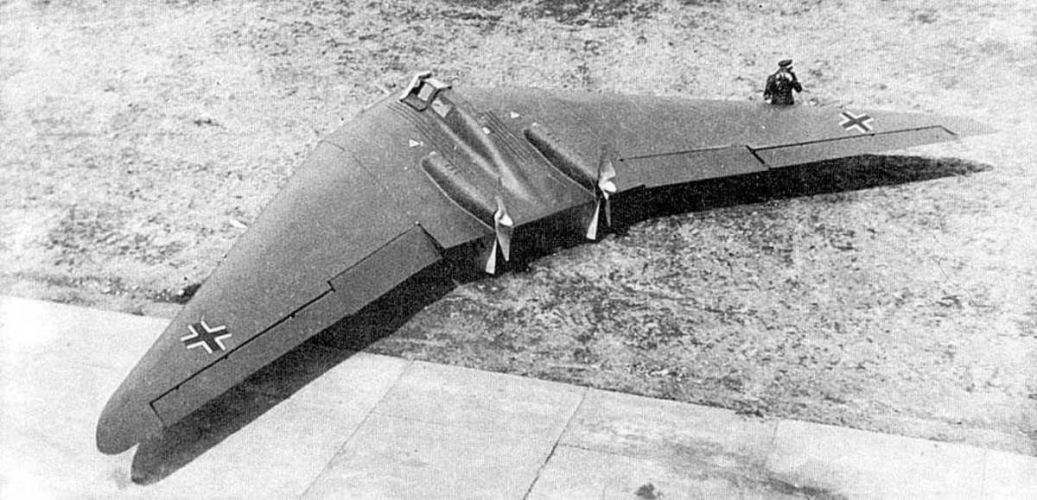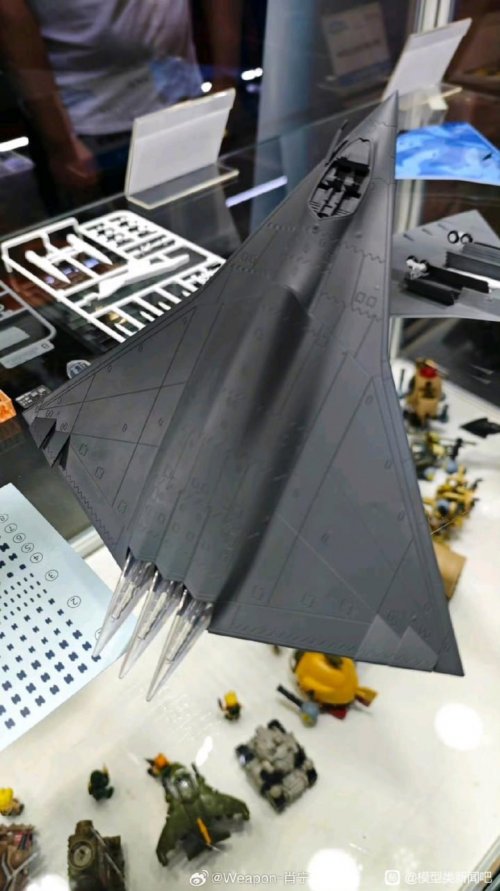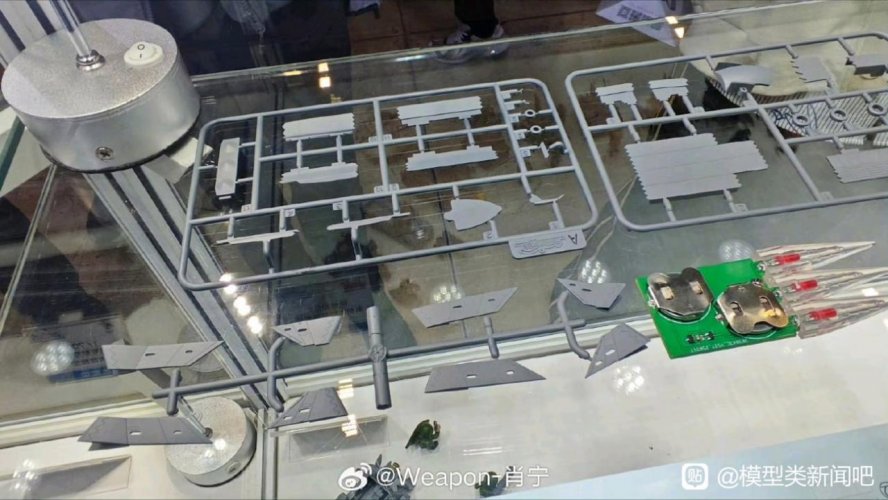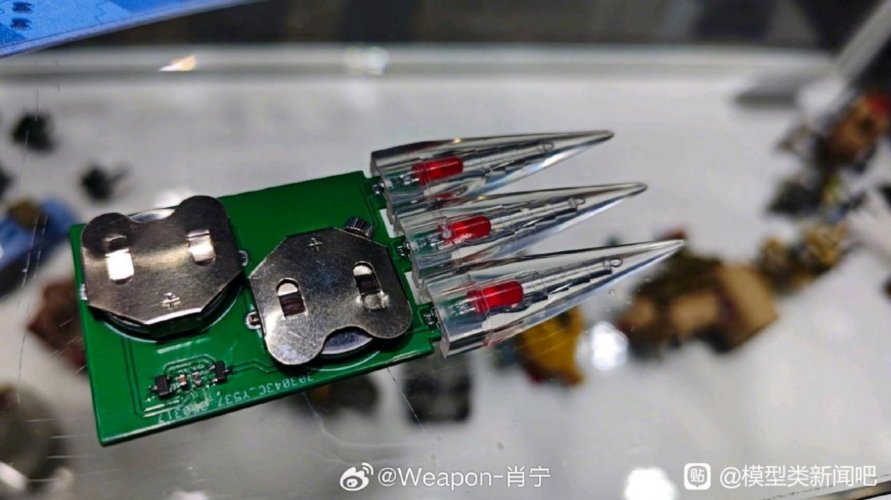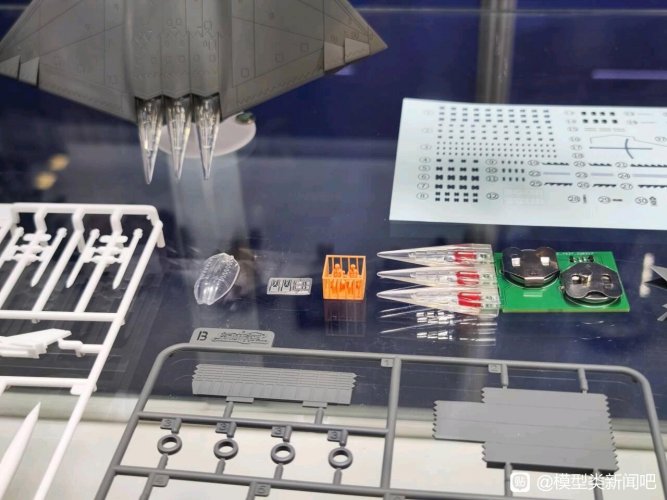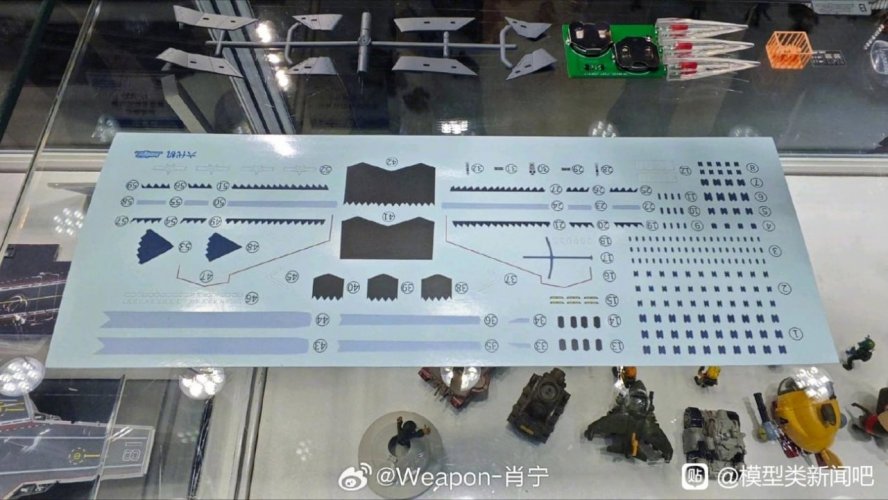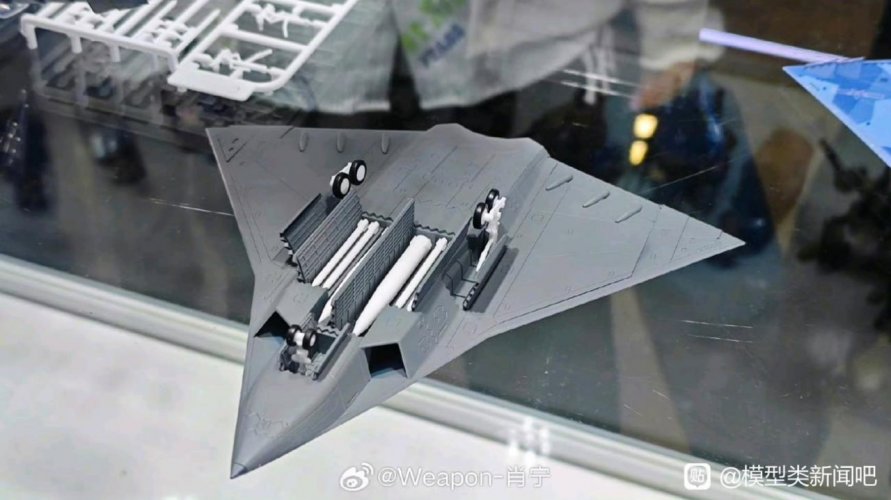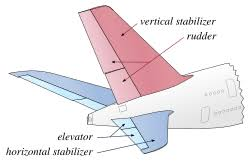If you think through it then the aircraft still needs to meet static and dynamic stability (or instability) criteria and still needs to be able to trim the aircraft. This applies whether the aircraft has "tails" or not.
A conventional "tail" has high control effectiveness and hence can be quite small.
A "flying wing" has to have all the controls in the wings, which are less effective (pitch and yaw especially). This means the controls have to be larger. This also impacts the efficiency of the wing (i.e. more drag). You also can't trim out the pitching moment caused by flaps (i.e. less lift). All of these add up to making a much larger, heavier, draggier wing than the "tailed" aircraft.
For different classes of aircraft (e.g. fighter, bomber, airliner) then you can see the above being worked through in published concept level studies. Generally the "tailed" aircraft is more efficient i.e. smaller, cheaper etc.


